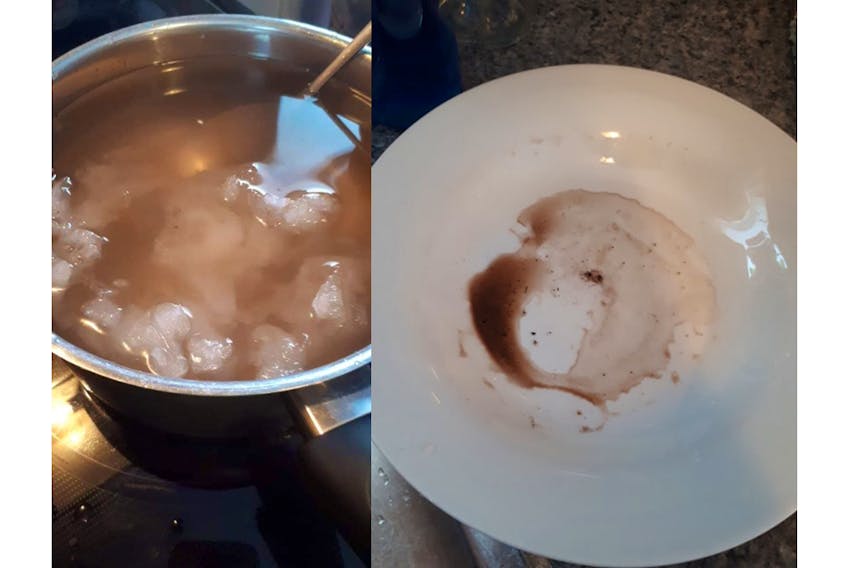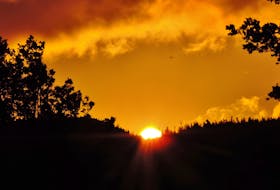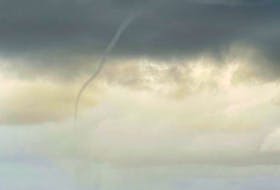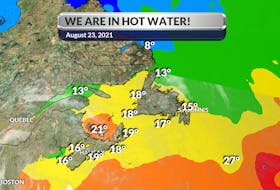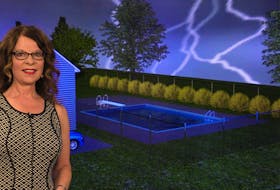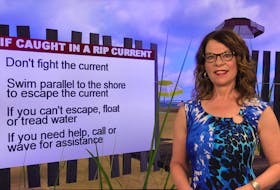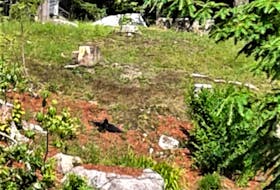I love curious minds! On Sunday, Loretta Googoo from Wagmatcook, Cape Breton, N.S., posted this on my Facebook page:
"Hello Cindy. I have a question. Maybe you can answer this. We at the Cape noticed the fresh snowfall has a weird brownish colour. Me and the kids did the experiment and melted snow and there was sand at the bottom. It was reddish. What would cause this…?”
Great question Loretta! Snow, especially newly-fallen snow, is supposed to be white.
Let’s look back at the weekend weather. I don’t have to remind anyone about the wind: it was strong but more importantly, it was persistent. Wind speeds over the water were clocked at 35 knots – that’s 65 km/h. That cold, dry wind triggered snow squalls as it travelled across open water in many parts of our region.
Back to Loretta’s brown snow.
There were white caps on the water over the weekend and you can imagine how much sand and silt was being stirred up by the powerful wave action.
Wagmatcook is downwind from the ocean-effect snow driven by a cold, west wind against Cape Breton’s coastline. These squalls are produced when cold air moves across a large body of open water. The lower layer of air picks up moisture from the water below. That water and the particles in it – in this case a higher than normal concentration of silt – rise up through the colder air above, freeze and are deposited downwind or on the leeward shores. And that’s where the dirty snow came from.
I was thrilled to hear that Loretta turned this observation into a science experiment for her kids.
“Science and everyday life cannot and should not be separated.” – Rosalind Franklin
Read more Weather University columns.
Have a weather question, photo or drawing to share with Cindy Day? Email [email protected]
Cindy Day is the chief meteorologist for SaltWire Network.
RELATED

